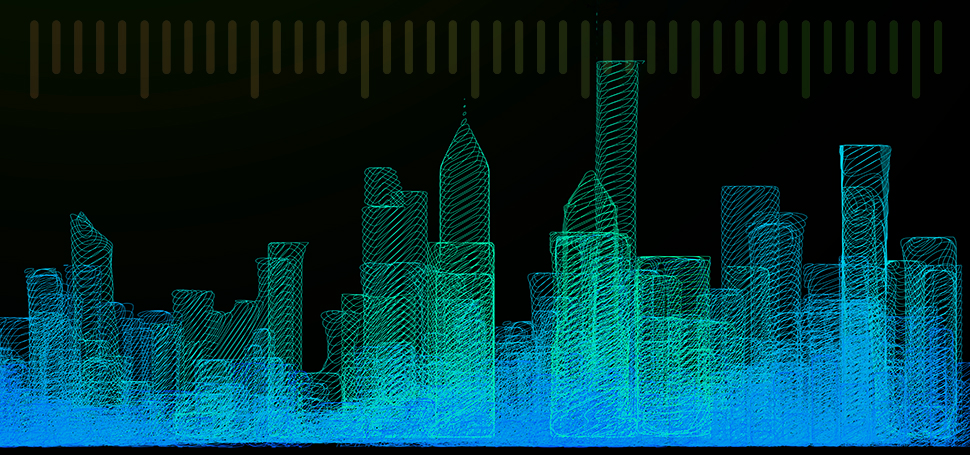DFW has become the epicenter of growth in North America, Danny Baker says. “We’re in the middle of a population boom that has led to DFW outperforming other markets in terms of job creation and growth as well as the demand for all types of CRE,” says Baker, who helms CBRE’s DFW multifamily capital markets team.
North Texas was the top market in the nation in 2021 for multifamily demand and the construction of units, accounting for a 7.4 percent share of the market. In the first half of 2021, Dallas-Fort Worth had the highest amount of multifamily investment, outpacing the next best markets, Atlanta and Phoenix, by more than $1.7 billion, according to a CBRE report.
Baker continues to be optimistic about the Dallas regional market for apartments, despite a few challenges related to material shortages and soaring rents.
Baker is among the experts invited to share their thoughts on the CRE market for our recent DALLAS® magazine that focused on how DFW punches above its weight in commercial real estate. Here’s what he had to say in “View from the Top Tier.”
What are the top reasons from your perspective on why North Texas has been the nation’s hottest multifamily market over the last year?
Population growth and migration trends, a business-friendly environment, relative affordability compared to coastal markets, and sustained levels of rent growth forecasted.
What is influencing DFW multifamily development now?
The North Texas market is facing certain headwinds, like material and land costs that have gone up substantially and continue to be volatile. Resistance to multifamily development from local municipalities and residents could also create another layer of complexity impacting the supply pipeline.
On the flip side, the lower-return environment and continued rent growth will push additional capital flow into development. Although there will be increased liquidity for development opportunities, DFW’s housing inventory is, and will likely remain, undersupplied, leading many investors to believe that the DFW market’s growth characteristics are sustainable.
What should we know from the capital markets perspective?
From a capital markets perspective, one of the biggest themes in the multifamily sector is capital inflows. Significantly elevated levels of capital availability paired with exceptional multifamily fundamentals and performance has led to return compression and appreciation.
Some meaningful examples of capital inflows into multifamily include investors reallocating capital into multifamily and industrial properties, investment managers increasing their hard assets in alternative investment portfolios, and aggregators’ ability to access retail investors through nontraded REIT products.
This interview has been edited for brevity and clarity.
A version of this story first appeared in the print edition of DALLAS® Commercial Real Estate 2022, published by Dallas Next for TREC and the Dallas Regional Chamber. Read more in the digital edition of the magazine below, and request the next print edition here.
Get on the List
Request the next print edition of DALLAS® Commercial Real Estate here—and sign up for the Dallas Innovates e-newsletter for what’s new and next in North Texas business and CRE. To share your news or get information about the magazine, reach us here.
The real estate magazine is part of the DALLAS® media platform that includes the DALLAS® Relocation and Newcomer Guide and the DALLAS® Economic Development Guide. Published by Dallas Next for the Dallas Regional Chamber, together they tell the world about the future of live, work, learn, and play in North Texas.
![]()
Get on the list.
Dallas Innovates, every day.
Sign up to keep your eye on what’s new and next in Dallas-Fort Worth, every day.
































